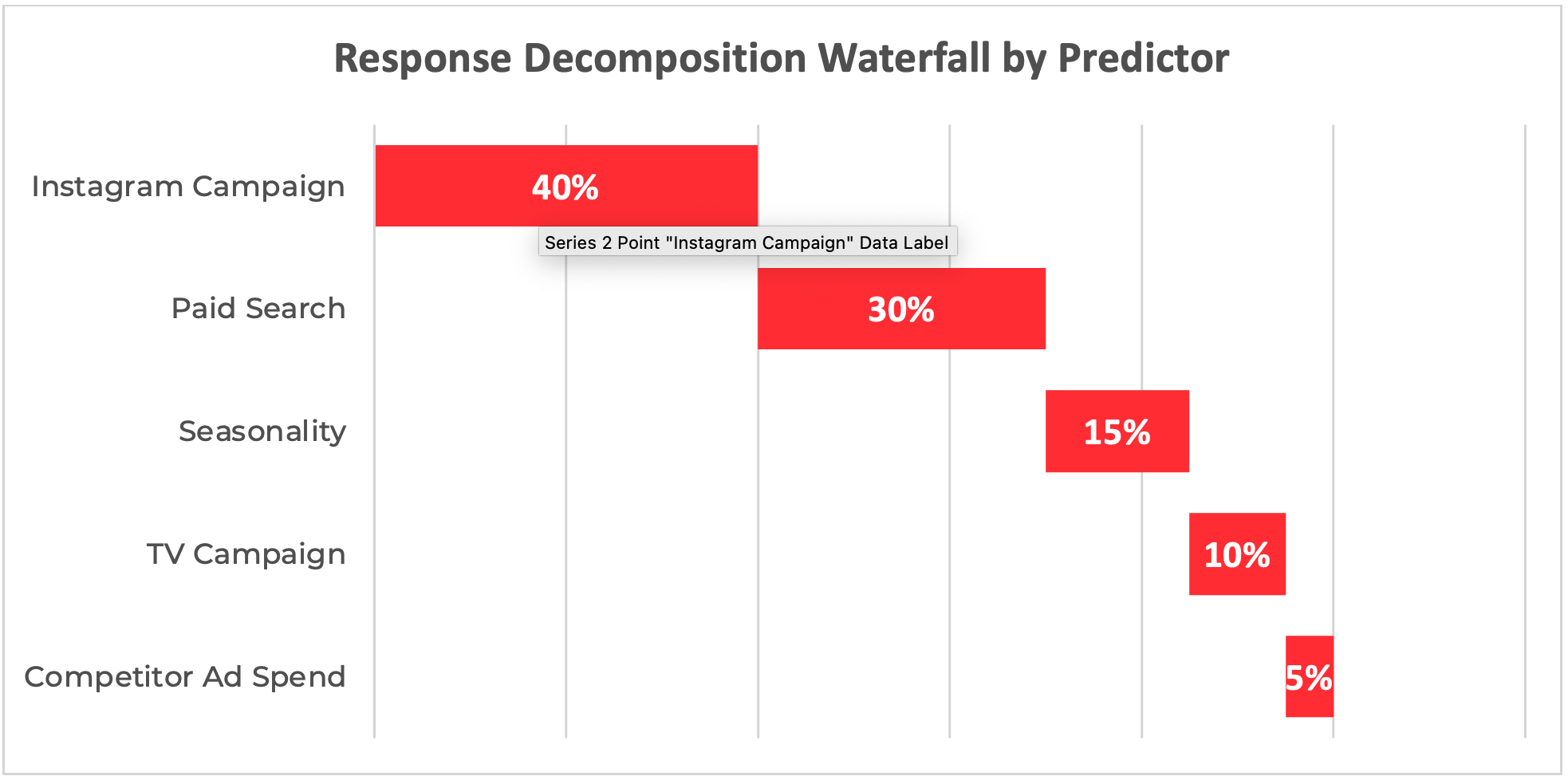By Simon Wardropper, Managing Director, Realtime Agency
Privacy regulation changes – such as new cookie laws posted here on Pinsent Masons – are rocking the digital advertising world, poking holes in attribution and sending performance on a slow but steady decline for many marketers. And, with more data seeping out of online campaigns daily as consumers remove themselves from data collection, the task of linking sales back to marketing strategy is becoming increasingly difficult.
If a CMO can’t see what sales are attributed to their marketing efforts, they aren’t speaking the same language as the CFO – which is going to make their already-difficult job a lot harder as they try to justify budgets without proof of return.
This calls into question the future of existing digital marketing attribution and tracking methodologies. How relevant can they be in this shifting privacy landscape?
The Future for MMM and MTA Strategy
Pixel and cookie attribution are crucial parts of digital Multi-Touch Attribution (MTA), a modelling method that treats the consumer as an individual and accounts for all touchpoints they hit along their journey, assigning a fraction of credit for each of those touchpoints we can guess has contributed to the final conversion.
While no attribution method is perfect, MTA has always left unanswered questions: what if a tracked marketing touchpoint didn’t have any influence. What if it had a disproportionate impact on conversion? And with new privacy laws coming on-stream, what if relevant touchpoints aren’t being tracked at all?
Because MTA relies on cookies to work properly, many advertisers are adopting Marketing Mix Modelling (MMM) strategies, which are cookie-agnostic. While MTA is able to examine data at a more granular user level, it isn’t designed to consider big-picture or offline variables. With MMM, marketers take into account a wide variety of data trends – both offline and online – in order to determine the best channel mix that will yield the greatest ROI. Additionally, MMM can do this without relying on cookies, as it isn’t considering user-level data.
How do we use MMM to make marketing decisions? After all relevant data is collected – such as offline and online activity, price, seasonality, promotions, competitor activity, and overall market trends – a statistical model is built to map the correlation between data sets and our tracked ROI. What’s then standardly produced as a result of the mapping is a response decomposition waterfall – as seen in Figure A – which allows us to see the percentage of contribution each strategy has on sales.
 Figure A
Figure A
You may be thinking: “but correlation doesn’t prove causation”, and you’d be right. The output here is merely a hypothesis. But, the learnings we can extract from MMM are a great starting point for further experimentation, which can prove causation and allow us to make budget shifts with confidence.
Back to the Future for Marketing Skills
While MMM is a start, upheaval in the digital privacy landscape will ultimately reshape the role of the marketer.
Jim Ker, Digital Marketing Manager, Abraham Moon & Sons Ltd – one of the country’s leading woolen and worsted manufacturers, creating fabrics for some of the top fashion houses around the world – suspects marketers will need to “force (themselves) into a learning mindset and a growth mindset quite quickly.” As retargeting, a historically reliable and intelligent tool for marketers, becomes a spotty strategy with fewer and fewer returns each month, Ker urges brands to recognize the necessity to be self-sufficient in using their data effectively. A “retargeting as we currently know it will be a thing of the past…in-house (teams) need to understand how the digital landscape has changed – and that’s going to take some studying and a lot of upskilling. Internal data analysis and the ability to process your own data I think is going to be particularly important.”
Marketers who can do this will be hugely valued. For example, “GA4 (will be) a completely different beast to its predecessor, Universal Analytics – so being able to analyze different data sources and subsequently provide the insights without the convenience of being nicely laid out in a dashboard…is an internal challenge people are going to need to look at.”
Ker also encourages brands to try to enhance their contextual targeting by simply just listening to their customers, a practice that has perhaps been forgotten about or digitized in some manner: “(Brands)will learn a great detail of information from listening directly to their customers. Aspects such as focus group research, Net Promoter Score feedback customer service teams recording feedback from their conversations might seem simplistic but will be vital marketing tools from now on.”
But to end on a positive note, there’s really no need to panic. Ker concludes: “While retargeting has been the go-to choice of many marketers due to perceived strong performance, it is only one weapon in our armoury. We have plenty more to wield – if we know how to use them.”
When it comes to upskilling there’s no time like the present. As cookies crumble, technology continues to evolve and the digital giants make new choices, the gauntlet has been thrown down to marketers to get equipped for a new era. Are you ready for the challenge?








